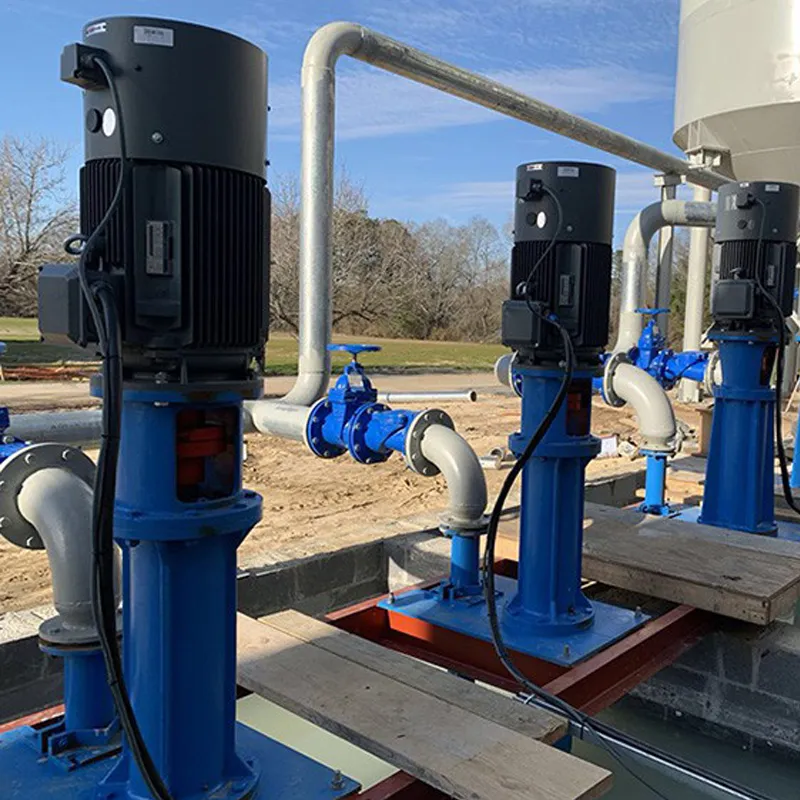Armenian
- Afrikaans
- Albanian
- Amharic
- Arabic
- Armenian
- Azerbaijani
- Basque
- Belarusian
- Bengali
- Bosnian
- Bulgarian
- Catalan
- Cebuano
- Corsican
- Croatian
- Czech
- Danish
- Dutch
- English
- Esperanto
- Estonian
- Finnish
- French
- Frisian
- Galician
- Georgian
- German
- Greek
- Gujarati
- Haitian Creole
- hausa
- hawaiian
- Hebrew
- Hindi
- Miao
- Hungarian
- Icelandic
- igbo
- Indonesian
- irish
- Italian
- Japanese
- Javanese
- Kannada
- kazakh
- Khmer
- Rwandese
- Korean
- Kurdish
- Kyrgyz
- Lao
- Latin
- Latvian
- Lithuanian
- Luxembourgish
- Macedonian
- Malgashi
- Malay
- Malayalam
- Maltese
- Maori
- Marathi
- Mongolian
- Myanmar
- Nepali
- Norwegian
- Norwegian
- Occitan
- Pashto
- Persian
- Polish
- Portuguese
- Punjabi
- Romanian
- Russian
- Samoan
- Scottish Gaelic
- Serbian
- Sesotho
- Shona
- Sindhi
- Sinhala
- Slovak
- Slovenian
- Somali
- Spanish
- Sundanese
- Swahili
- Swedish
- Tagalog
- Tajik
- Tamil
- Tatar
- Telugu
- Thai
- Turkish
- Turkmen
- Ukrainian
- Urdu
- Uighur
- Uzbek
- Vietnamese
- Welsh
- Bantu
- Yiddish
- Yoruba
- Zulu
Telephone: +86 13120555503
Email: frank@cypump.com
Հկտ . 09, 2024 06:52 Back to list
slurry pump suction piping
Understanding Slurry Pump Suction Piping
Slurry pumps are essential in various industrial processes, particularly in mining, mineral processing, and wastewater treatment. They are designed to handle a mixture of solids and liquids, commonly referred to as slurry. One of the critical components that significantly influence the performance of a slurry pump is the suction piping. The design and configuration of suction piping can greatly affect the efficiency and longevity of the pump, making it crucial to understand its characteristics and best practices.
Importance of Suction Piping
Suction piping serves as the conduit through which the slurry enters the pump. The design of this piping system must ensure that the pump operates efficiently while preventing issues such as cavitation, excessive wear, and blockages. Several factors influence the design of suction piping, including the type of slurry being transported, the distance from the source to the pump, and the elevation changes within the system.
Key Considerations in Suction Piping Design
1. Pipe Diameter The diameter of the suction pipe is a significant factor. A larger diameter reduces the velocity of the slurry, minimizing friction loss and the potential for turbulence, which can lead to cavitation. Conversely, a smaller diameter increases velocity but can create undesirable turbulence and pressure drops.
2. Pipe Material The material chosen for suction piping should be robust enough to withstand the abrasive nature of the slurry. Common materials include rubber-lined steel, high-density polyethylene (HDPE), and wear-resistant alloys. The selection primarily depends on the type and concentration of solids within the slurry.
3. Length and Straightness The length of the suction line should be as short as possible to reduce friction losses. Moreover, minimizing bends and turns in the piping system is crucial. Sharp bends can create turbulence, leading to a drop in pressure and potential cavitation.
4. Elevation Elevation changes must be carefully considered, as lifting the slurry to a higher elevation requires additional energy and can lead to increased wear on the pump components. It is important to analyze the system to determine whether the slurry can be pumped efficiently over the necessary elevation changes.
slurry pump suction piping

5. Slurry Properties The characteristics of the slurry, including its viscosity, density, and particle size distribution, should significantly influence the design of the suction piping. High-density slurries or those with large particles may require specific considerations, such as increased pipe diameters or specialized materials, to minimize wear and maintain flow efficiency.
Preventing Cavitation
Cavitation is one of the most severe issues that can affect a slurry pump. It occurs when the pressure in the suction piping drops below the vapor pressure of the slurry, leading to the formation of vapor bubbles. When these bubbles collapse, they cause shock waves that can damage the pump impeller and other components. To prevent cavitation, it is essential to maintain a sufficient net positive suction head (NPSH) in the piping system.
NPSH can be influenced by several factors, including
- Suction Height The height difference between the slurry source and the pump must be minimized. - Fluid Temperature Higher fluid temperatures can reduce vapor pressure, necessitating careful monitoring and control. - Suction Line Configuration Ensuring a proper and consistent flow through the suction line can help maintain adequate pressure.
Maintenance and Best Practices
Regular maintenance and checks of the suction piping are vital for optimal performance. This includes inspecting joints, seals, and flex points for wear and tear. Implementing routine flushing of the suction lines can also help in removing any built-up solids that could impede flow.
In conclusion, properly designing and maintaining slurry pump suction piping is integral to ensuring efficient operation and prolonging the life of the pump. By considering factors such as pipe diameter, material, layout, and the properties of the slurry being handled, operators can mitigate risks and enhance the productivity of their slurry pumping systems. Proper attention to suction piping not only improves pump performance but also contributes to the overall efficiency of the industrial process in which it operates.
-
ISG Series Pipeline Pump - Chi Yuan Pumps | Energy Efficiency&Compact Design
NewsAug.03,2025
-
ISG Series Vertical Pipeline Pump - Chi Yuan Pumps Co., LTD.|High Efficiency, Low Noise, Durable
NewsAug.02,2025
-
ISG Series Vertical Pipeline Pump - Chi Yuan Pumps | High Efficiency, Low Noise
NewsAug.02,2025
-
ISG Series Vertical Pipeline Pump- Chi Yuan Pumps Co., LTD.|High Efficiency&Compact Design
NewsAug.02,2025
-
Heavy-Duty Mining Sludge Pumps - Wear-Resistant Slurry Handling
NewsAug.02,2025
-
Horizontal Split Case Pump with GPT-4 Turbo | High Efficiency
NewsAug.01,2025










